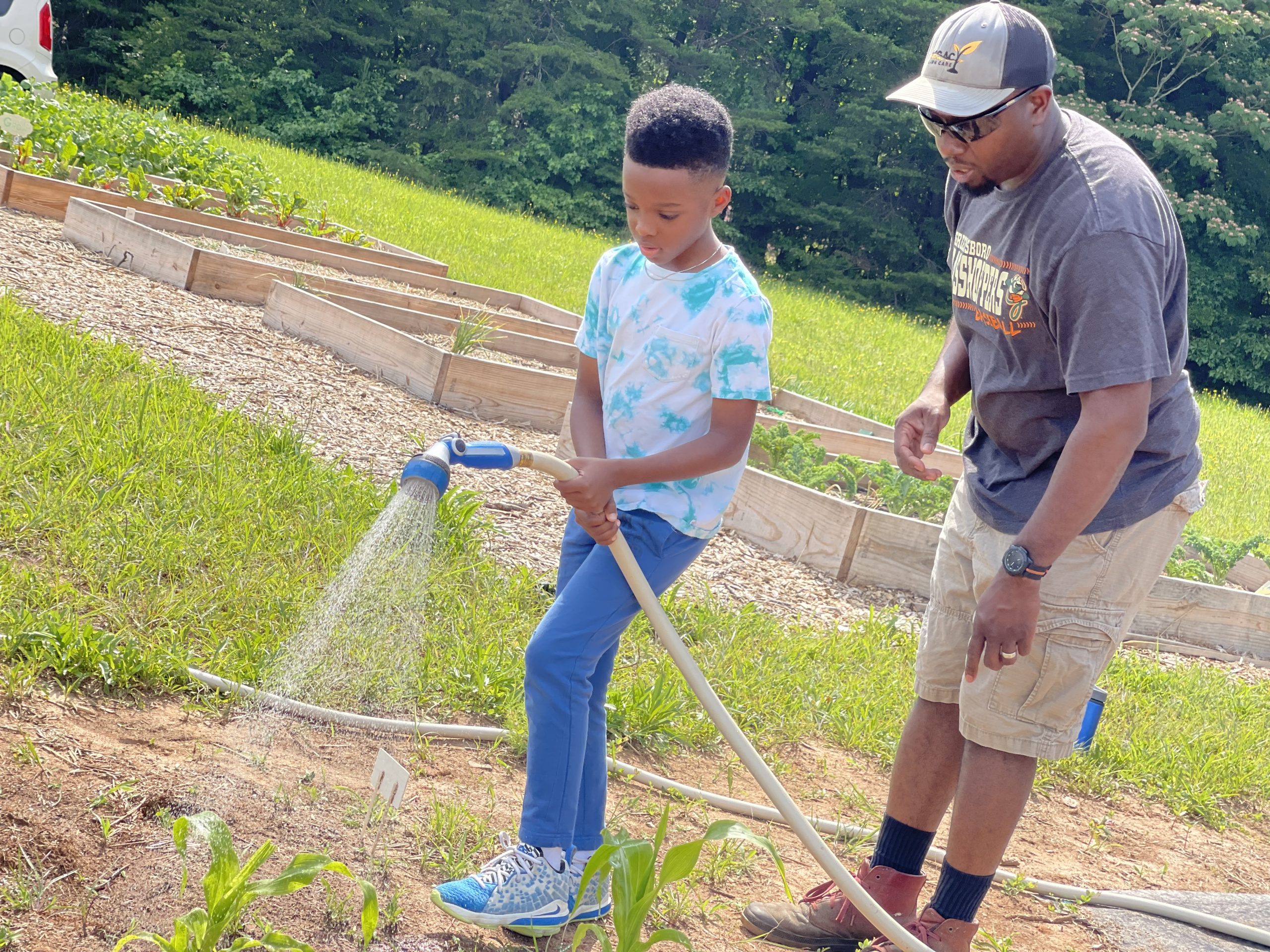Community Gardening Series: Tips, Challenges and Successes from NC
~ Greensboro, NC
A community garden in Greensboro, North Carolina caught the attention of Geoponics. The work done by PDY&F, Positive Direction for Youth & Families, is extraordinary in that it combines meeting needs now and creating sustainability so the community can provide for itself in the future. The foundation of this community garden is to grow as much healthy food as possible and provide it for FREE to people in this urban food desert.
These are people who dig deep. They’re on a mission with soul. Like many community gardens, they’re cultivating more than fruit and vegetables alone. They’re enriching soil and enriching lives working together to provide education, showing people how to grow their own food and sharing other sustainable aspects of wellbeing.
Among other goals, this organization seeks to end food insecurity in Greensboro and to offer healthy food plus the skills to grow it.
“After a day of work, I get to go right over to Whole Foods and buy whatever I want,” says James R. Gardner, the garden manager.
“My community doesn’t have that privilege. I want to give them that access,” he adds.
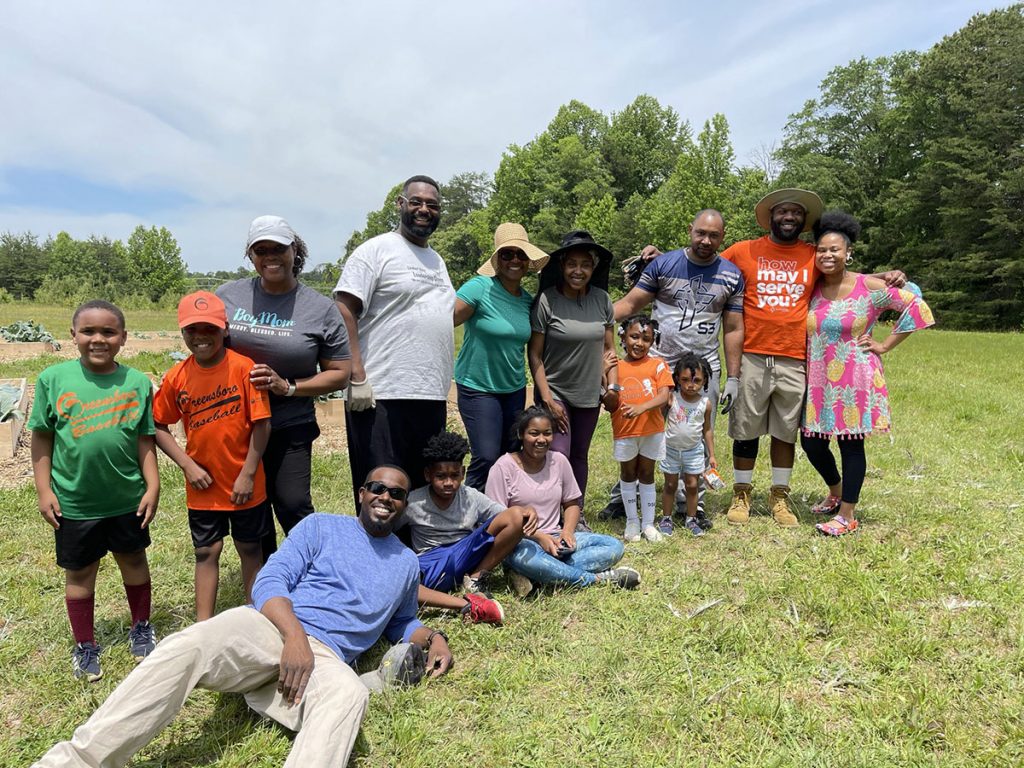
Organic Gardening with SoilPlex and FertaFlow
Geoponics offered SoilPlex and FertaFlow to the PDY&F Community Garden. And the Garden is sharing tips with us and other gardeners. We enjoy learning and sharing best practices. Meanwhile, we are proud to offer our OMRI listed products for organic growing.
“We are extremely excited about beginning our organic fertilizer journey with Geoponics Corp,” says Gardner.
For the benefits of each product, please visit this blog on SoilPlex and another blog on FertaFlow, as well as the individual product pages: SoilPlex.com and FertaFlow.com. And in case that’s still not enough information, we talk to the soil doctor, a horticulturist who shares why these OMRI listed products are particularly sustainable for the environment, for soil enrichment and for high garden yields in an upcoming blog. These are all a part of our new Geoponics Garden blog series.
About The PDY&F Greensboro Community Garden
Each community garden operates differently. Some charge for beds, renting garden space. There are community gardens that choose to create revenue in any number of ways. Some rely on volunteerism and donations, giving everything away for free. That latter model is the one adopted by PDY&F Community Garden.
PDY&F is a nonprofit, public charity that has been in existence since 1992.
As of now, no one receives any salary for their work in the garden. Gardner manages the garden, is a high school science teacher and father. He even has a side business in lawn care (catching the eye of our colorants division, Endurant Turf Colorants.)
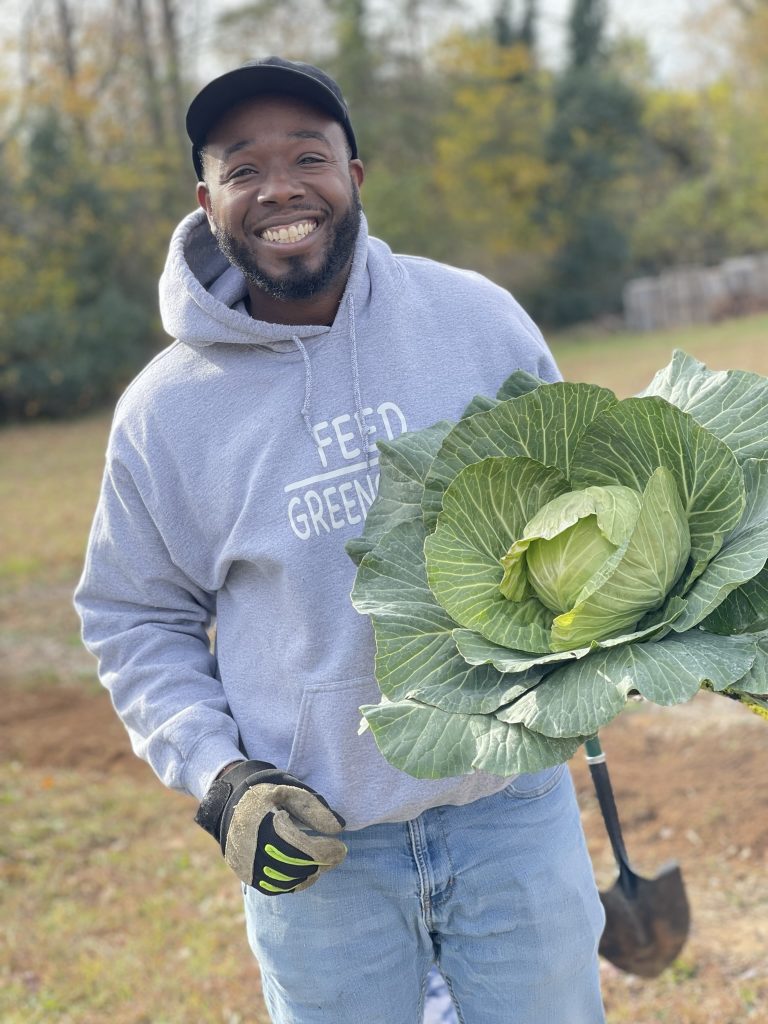
Gardening to Eliminate Food Insecurity
Greensboro has long experienced food insecurity but it hit new levels in the past three to four years, says Gardner.
So, the community food pantry began a hugely successful effort serving more than 100,000 meals in a year.
“We were getting foods into bellies with can goods and cereals. But, we wanted people to thrive with their health as well,” Gardner says.
That’s when the idea for the garden came. And with it came new opportunities, including education of how to grow food and leading a new generation of black and brown farmers, Gardener says.
Where to Grow: Land for the Garden
In many cases the land determines much of the structure of a garden. Sometime because of where the land is, renting is almost built into the structure of the garden management. However, for PD&F, An anonymous donor gave a huge plot of land to the cause. The property used to have an elementary school on the land and it was long unused.
This land opportunity is integral to the success of the garden. It allows for freedom to stay true to the mission of giving free food.
Garden Challenges: First, Healthy Soil
Gardner had spent summers growing up with his father and his grandmother gardening together. He also has an education in biology. Even with that background on his side, growing the garden had its first year challenges.
The first challenge was soil quality. Despite the help of a consultant, the organization unfortunately got dealt a bad hand when purchasing dirt that was later revealed to be relatively infertile soil.
It seemed okay at first. PDY&F purchased dirt, put plastic and cardboard down, and began building beds.
But nothing grew. Well, some grew, but not very much the first year.
“I wasted a lot of a money,” Gardner said.
But, luckily, he got a great tip. The city offered compost and since he was a nonprofit addressing a great need, they offered him compost soil at no cost, as long as he could come get it. So, down the sidewalk he and volunteers went with their wheelbarrows. Now, they pick up with a truck as the organization and gardens continue to grow.
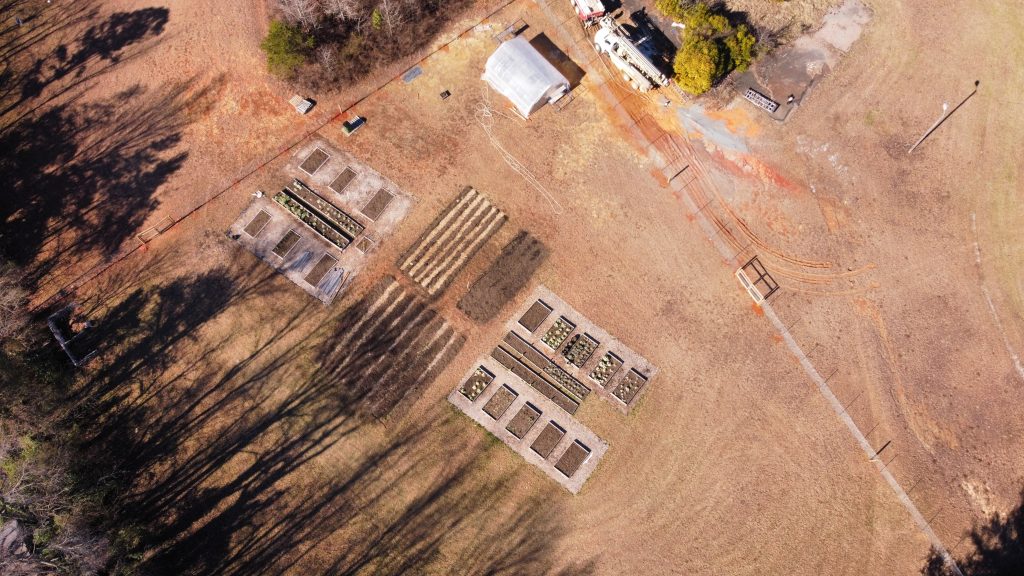
Garden Challenges: Second Need, Water Supply
The next major challenge the garden faced was water supply. The garden was sort of in the middle of nowhere, despite being in the city. At first, Gardner was toting buckets, barrels and bins of water, driving his truck from his home 20 minutes or so away to the garden once or twice each week. That wasn’t a sustainable practice.
So, the city offered some assistance and gave access to a water main near the garden.
It was a huge relief, chlorinated or not, says Gardner.
But then, hydroponics and aquaponics along with a greenhouse all came into the mix. So, a reliable water source on property was needed. And, with help from donors, PDY&F recently dug a well plus installed electricity for the greenhouse and aquaponics. (More on this leveling up to come in a follow-up interview to be posted soon.)
Garden Challenges: Third, Pests
PDY&F Community Garden grows organically, even if not government certified as such. The garden handled pest control with home-style remedies, such as a mix of essential oils. It worked well until a weather event kept volunteers out of the garden for one week too long. Bugs had a field day eating the beautiful cabbage.
So, Gardener found a product that is still natural, but can withstand fewer applications. (For more on that, here is a blog on BT pest control to decide if that’s a pesticide method for you.)
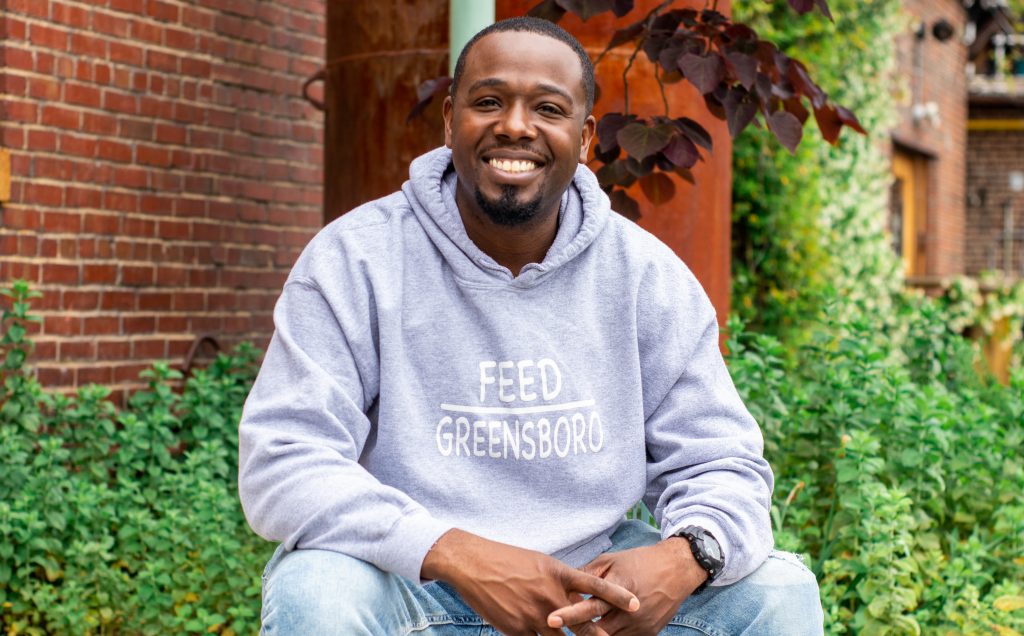
Garden Tips
Some tips for other gardeners and community gardens shared by PDY&F include:
- Spacing: Research spacing for your plant varieties to optimize your garden.
- Companion planting: Research what plants do well being planted near each other to minimize pests and optimize yields.
- Connect with trained horticulturists, who are often happy to volunteer and can thus lead to quicker garden success and more yields.
- Prioritize soil and water.
- Decide what you most want to do and do not waiver or compromise your values.
- Connect with your local Cooperative Extension. They share zone specific tips, seeds, soil type details and so much more.
- Use seedlings rather than dropping seeds to optimize space.
- Host a block party! Create soil blocks for starting seeds.
Community Gardening: Hosting Block Parties
Community gardening is not just about the garden. Clearly, it’s also about community. Hosting events nourishes both. Block Parties are where people get together and make soil blocks for seedlings. Here is a soil block link with a recipe for what goes in the blocks, along with links to how to make your own blocker or buy one.
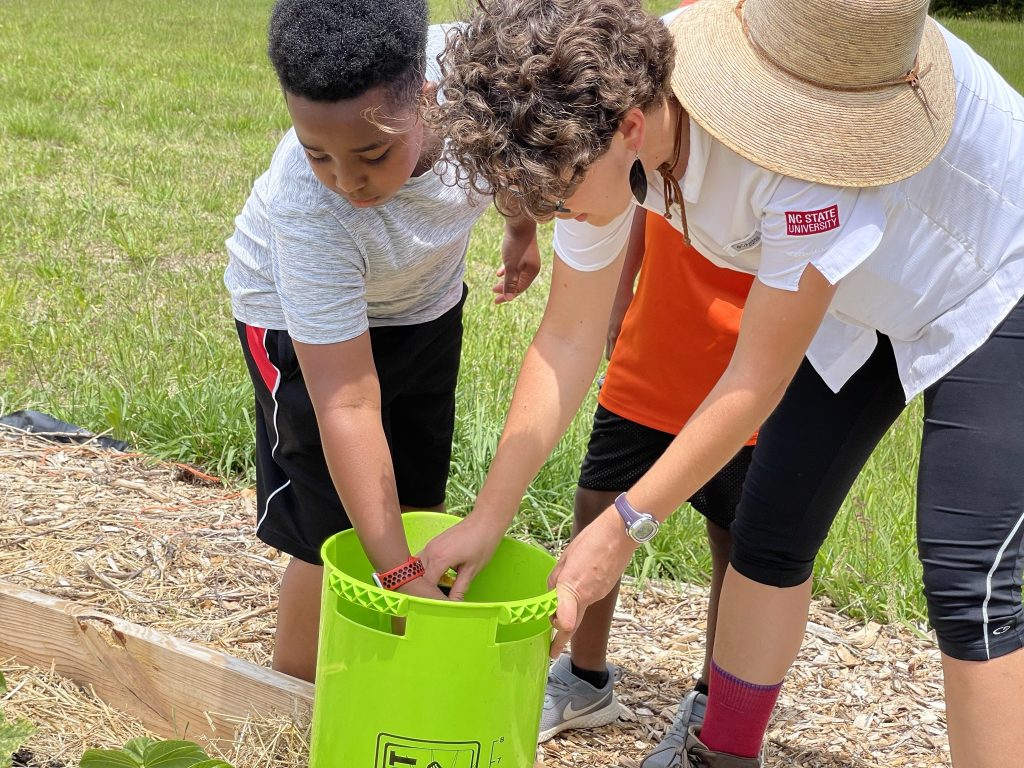
Community Gardening: Next Season
In our next conversation with James Gardner we talk about Community Gardening Season 2. In this next interview Gardner shares his methods of implementing a greenhouse, hydroponics and aquaponics. These add ultra-sustainable garden methods, optimizing space and efficiency for ultimate yields.
We have interviewed garden managers who take different approaches and share what works for their communities in other states. Stay tuned to GeoponicsCorp.com/blog for more.
DONATE to the PDY&F community garden.
Buy our OMRI listed products for organic gardening on ShopGeoponics.
This is part of a series of blogs on community gardening.

